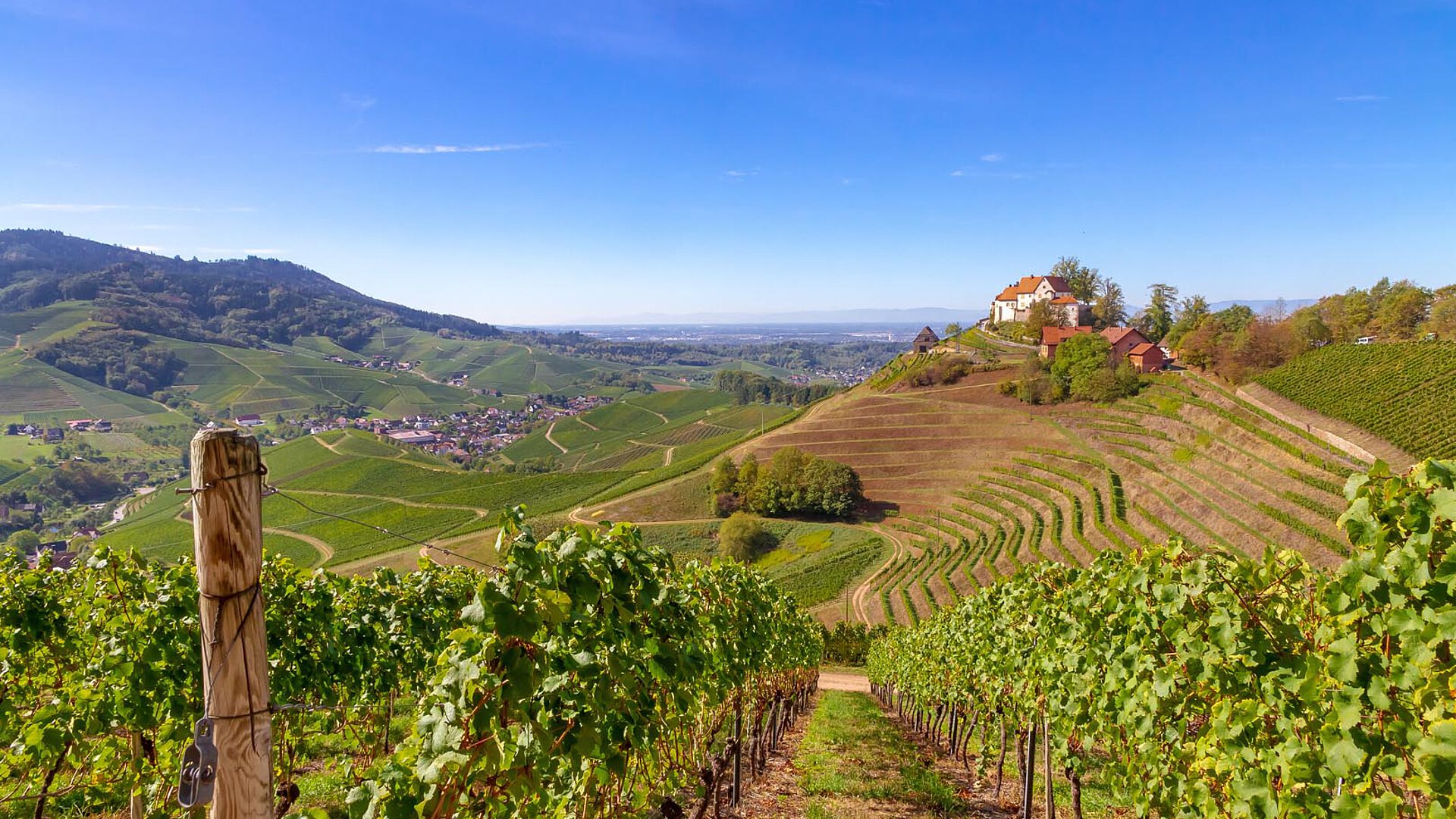Farmtravel glossary
All the Agritourism terms you need to know.
I
Ice House
- Kategorie:
- I
What is an Ice House and How Did it Preserve Food?
Underground storage structures pioneering natural refrigeration, notably preserved in Sweden, where traditional ice houses demonstrate early food preservation innovation in harsh climates.
These ingenious structures represent historical cooling methods and traditional preservation techniques, often remaining functional even in modern times.
Structural Design
Essential elements include:
- Underground Chamber: Main storage
- Drainage System: Meltwater management
- Insulation Layers: Temperature control
- Access Point: Service entrance
- Ventilation: Air circulation
Historical Function
Primary uses:
Storage Purposes
- Winter Ice: Season harvesting
- Food Preservation: Year-round storage
- Dairy Products: Temperature control
- Meat Storage: Fresh keeping
- Fish Conservation: Cold maintenance
Technical Features
Design aspects:
- Wall Construction: Insulation method
- Floor Design: Water management
- Entrance Planning: Cold retention
- Air Flow: Ventilation control
- Materials Choice: Thermal properties
Operating Cycle
Annual process:
- Winter Harvest: Ice collection
- Spring Packing: Storage preparation
- Summer Use: Active cooling
- Autumn Maintenance: Structure care
- Year-round: Temperature monitoring
Modern Relevance
Contemporary value:
- Historical Site: Heritage preservation
- Learning Center: Educational resource
- Sustainable Design: Energy efficiency
- Tourist Attraction: Cultural interest
- Inspiration Source: Modern cooling
Ice houses stand as testament to human ingenuity in food preservation before modern refrigeration. These structures continue to fascinate visitors, demonstrating how past generations solved complex storage challenges using natural methods.

